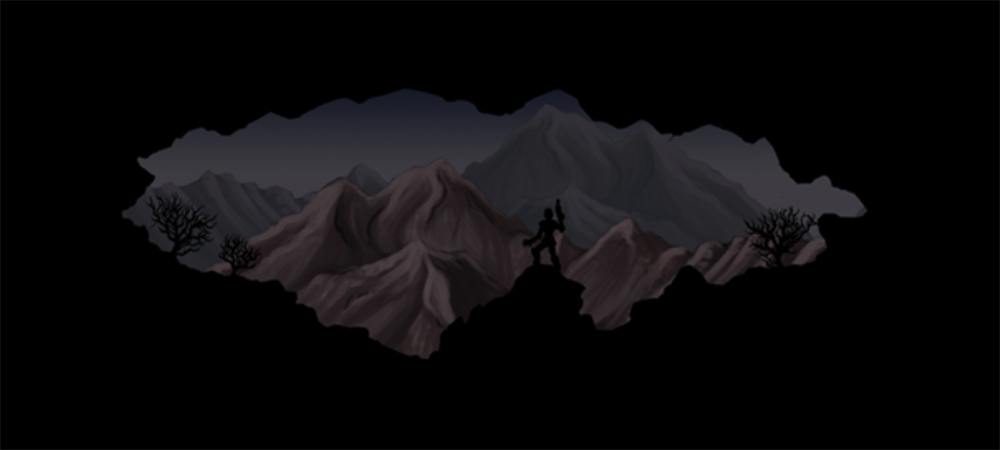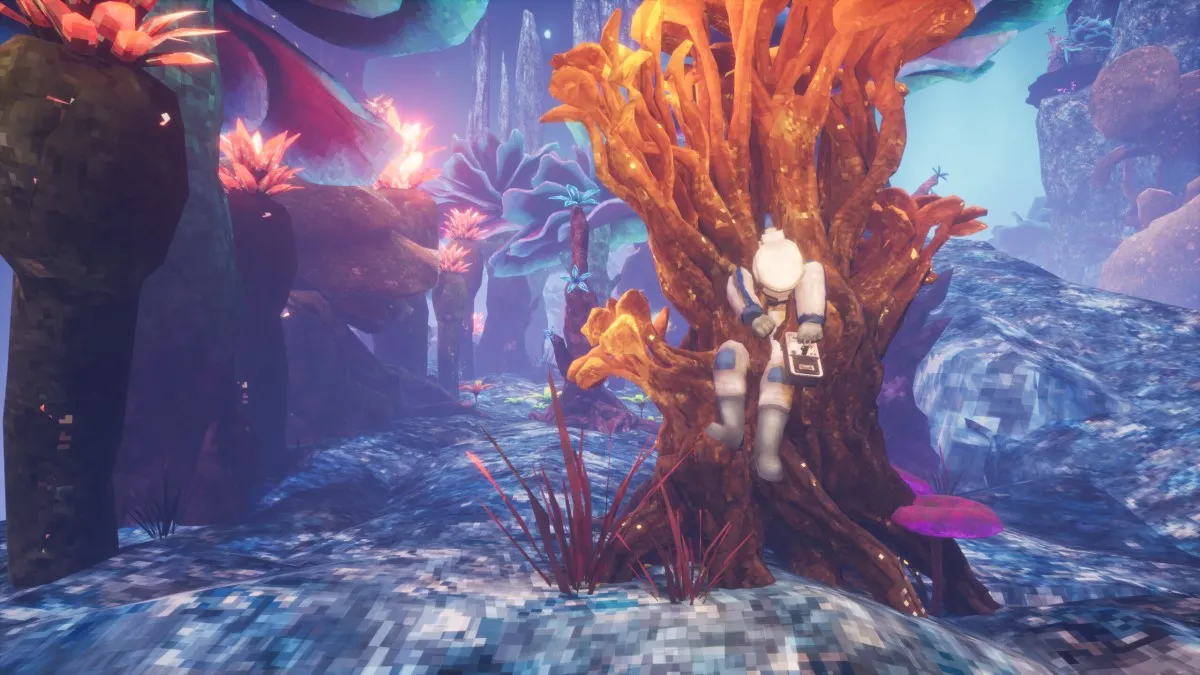Not your grandpa’s Sword of the Stars
The original Sword of the Stars games were deep and complex space strategy games akin to the Galactic Civilizations franchise. Sword of the Stars: The Pit takes place onboard a ship in space, but that is where the similarities to past games end. The Pit is a roguelike, giving the player control of a single character in hopes of surviving until the end against all odds.
The genre jump is a drastic change, likely in an attempt to appeal to a brand new audience. After all, roguelikes like The Binding of Isaac and FTL: Faster Than Light have taken the PC scene by storm recently. Although The Pit has all the great things that make roguelikes interesting, it doesn’t make any real attempt to bring anything fresh or new to the genre.

Sword of the Stars: The Pit (PC)
Developer: Kerberos Productions
Publisher: Kerberos
Released: March 8, 2013
MSRP: $9.99
Arbuda IV is a planet on which soldiers take their retirement, but as the opening cinematic says, “peace is not their fate.” A disease has broken out, turning these former soldiers into ghouls. There is no known cure; however, there is mention of a possible cure in a deep dark pit out in the mountains.
That’s where the player steps in. After choosing one of three classes — a Marine, Scout, or Engineer — it is the player’s duty to get to the bottom of this pit in hopes of finding a cure. Along the way are battles with monsters, robots, hunger, and traps, all of which are randomized, just like the floor layouts.
The classes all have a different set of specialties and equipment to start with, but after that it is up to the player to find equipment and level up skills. There are a ton of skills to dump skill points into, allowing for a strong sense of customization while leveling up. There are also four difficulty settings to choose from when beginning a new game, ranging from Easy to Insane. The Medium difficulty feels about right in terms of challenge, whereas Easy feels almost too easy and the higher difficulties are clearly for the most hardcore players.
The most brilliant aspect of The Pit comes from the lighting. The game utilizes traditional fog of war which prevents the player from directly seeing threats or pitfalls, but there is also a giant fog of war cone behind the player, obscuring the vision of anything at your back. This is a huge factor to consider, as occasionally monsters will sneak up behind the player during a hack or reload without any indication. It’s such a small but perfect design element that creates a sizable impact on how the game is played. It also just makes sense.
The traditional WASD keys are used to move in any of the cardinal directions. Movement is fast and fluid, but it turns into a battle system similar to Dungeons of Dredmor when enemies are nearby. Enemies will move at the same time as the player, one tile at a time. Everything will take up an action turn, including shooting, reloading, and eating. This allows the player to plan out moves without immediately getting overwhelmed. Some guns can even shoot multiple targets, hitting three enemies at the same time.
Death is permanent in The Pit, but it is possible to save and quit at any time. After a death, however, that save is deleted so there are no second attempts. Death is also frequent in The Pit, since this is a roguelike, after all. It isn’t uncommon to open up a door and find yourself confronted with four robots shooting in your direction, taking a huge chunk of life away in one fell swoop. There are plenty of status effects to bring you closer to death as well, like disease, poison, hunger, and blindness. That last one makes everything except the character go black for thirty turns. Don’t get blinded, ever.
Many traps will be found and triggered throughout each journey, some of which are hidden on the ground and others are triggered by entering doors. The door traps will be labeled with a color, and once a single trap of that color is triggered it will be known to the player for the rest of that particular descent. It’s very important to know these traps, since some of them can actually be beneficial to the player, like a speed increase or healing. Even if you’re colorblind like me, hovering over a known trap color will tell you exactly what it does.
A wide variety of items can be found in each playthrough, including weapons, modifications, food, pills, and medical devices. Both food and modifications take on the same concept as traps, as they can be either beneficial or detrimental. Attaching a colored weapon mod could increase the damage by 10% or it could reduce the durability by 20%; you never quite know what you’re going to get. There’s also hacking and cooking, which involve decoding information and learning recipes to be used in the current and later playthroughs. There is a decent tutorial to teach the player all of this, but it does leave a little bit to be desired.

The visual style of the game has a hand-drawn cartoony feel to it, which seems to contrast with the rather serious tone of the plot and feels a bit disjointed. It by no means looks bad — in fact, it looks pretty good — but it feels like a weird direction to take. The music is more or less forgettable, with the exception of the title screen tune. The sound effects lack any sort of impact, and it doesn’t help that the characters make the same handful of quips and other sayings which don’t take long to become quite annoying.
The Pit is very difficult and has that same feeling of “okay, just one more run” that both Binding of Isaac or FTL: Faster Than Light have, but it still feels a bit “been there, done that.” The Easy difficulty setting in conjunction with being able to save at any time are great boons for new players, while both the Hard and Insane difficulties are present for you crazy masochists who enjoy that kind of punishment.
While there is nothing fundamentally wrong with Sword of the Stars: The Pit, there just isn’t anything that is really mind-blowing. It is a well-polished roguelike that doesn’t stray far from expectations, but instead stays in a rather comfortable zone from a game design perspective.





Published: Mar 29, 2013 02:00 pm